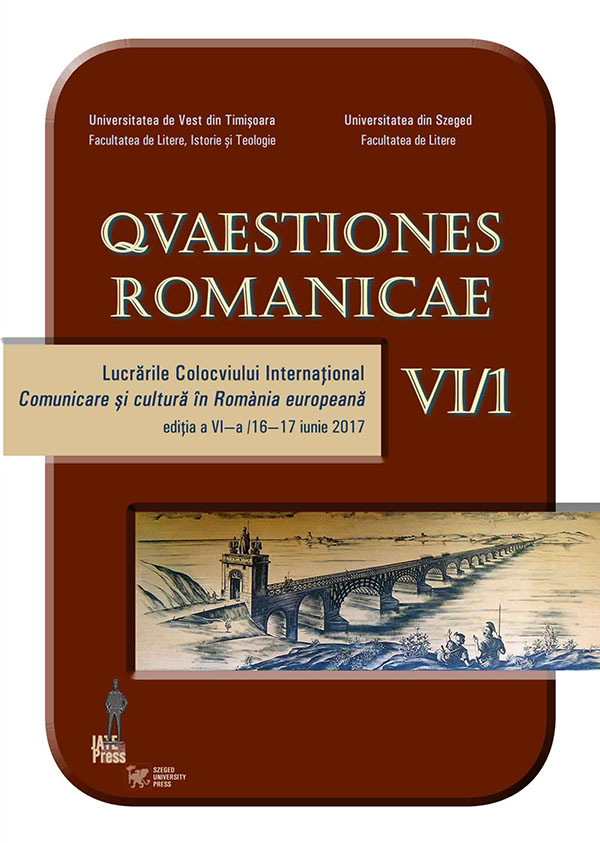Il nome della rosa, dal meta-romanzo best-seller diventato canonico, al film neogotico di nicchia
Abstract: (The Name of the Rose, from best-seller meta-novel brought to canon, to neo-gothic niche movie) This paper analyses from four different perspectives a notorious and long debated novel, Umberto Eco’s The Name of the Rose. Comparing it with other meta-novels (Il gioco dell’oca – Snakes and ladders by Eduardo Sanguineti, Rayuela by Julio Cortázar, If on a winter’s night a traveler by Calvino and For Isabel. A mandala by Tabucchi), they share some elements (ludic structure of the plot, one of the key symbols, author’s weak position and its detachment from fiction), while other characteristics prove The Name of the Rose as part of traditional narrative. If we consider it as a best-seller, the question is if Eco wisely picks and mixes up elements of old recipes, rather than applying a pattern. Regarding it as a new entry in the canon, it is perhaps useful to remember the novel’s revolutionary position and to identify those characteristics that have brought it to breach into the list of great literature. Finally, the paper focuses on Jean-Jaques Annaud’s free adaptation of the book, in search not of plane differences between hyper and hypo text, but mostly of those elements that turn Annaud’s palimpsest into a reductive transposition and even into a betrayal of the original text.
Keywords: canon, best-seller, labyrinth, public’s reception, film transposition.
Riassunto: Il presente articolo prende in analisi un testo famoso e lungamente dibattuto dagli studiosi, Il nome della rosa di Umberto Eco, da quattro prospettive diverse. Come meta-romanzo, viene messo in rapporto con altri meta-romanzi (Il gioco dell’oca di Eduardo Sanguineti, Il gioco del mondo di Julio Cortázar, Se una notte d’inverno un viaggiatore di Calvino e Per Isabel. Un mandala di Tabucchi), con cui condivide la struttura ludica della trama, uno dei simboli importanti, la posizione debole dell’autore e il suo distacco dalla finzione, mentre invece se ne discosta per altre caratteristiche che rendono Il nome della rosa una narrazione tradizionale. Come best-seller, sorge la domanda in che misura si può parlare qui di un modello applicato o piuttosto di un ricettario di elementi sapientemente amalgamati da Eco. Come nuovo testo canonico, si tenta di dimostrarne il carattere rivoluzionario e di identificarne quelle caratteristiche che hanno portato il romanzo a fare breccia nel canone. Finalmente, lo studio prende di mira il film di JeanJaques Annaud, liberamente tratto da Eco, alla ricerca non tanto delle banali differenze contenutistiche tra ipertesto e ipotesto, quanto alle caratteristiche che rendono il palimpsesto di Annaud una trasposizione cinematografica riduttiva, sennò addirittura un tradimento del testo base.
Parole-chiave: canone, best-seller, labirinto, ricezione, trasposizione cinematografica.
